Masatoshi Hidaka
DistML.js: Installation-free Distributed Deep Learning Framework for Web Browsers
Jul 01, 2024
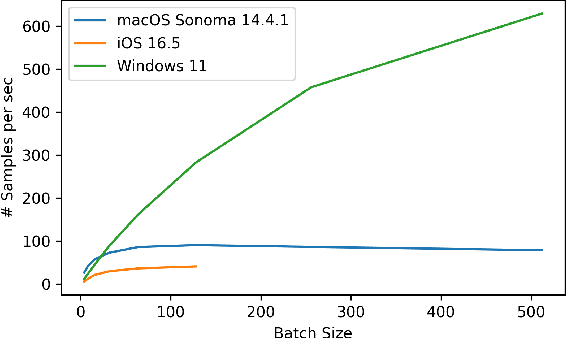
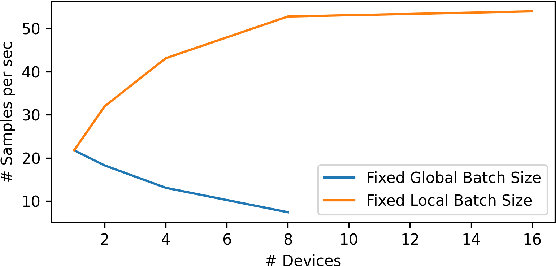
Abstract:We present "DistML.js", a library designed for training and inference of machine learning models within web browsers. Not only does DistML.js facilitate model training on local devices, but it also supports distributed learning through communication with servers. Its design and define-by-run API for deep learning model construction resemble PyTorch, thereby reducing the learning curve for prototyping. Matrix computations involved in model training and inference are executed on the backend utilizing WebGL, enabling high-speed calculations. We provide a comprehensive explanation of DistML.js's design, API, and implementation, alongside practical applications including data parallelism in learning. The source code is publicly available at https://github.com/mil-tokyo/distmljs.
Langsmith: An Interactive Academic Text Revision System
Oct 09, 2020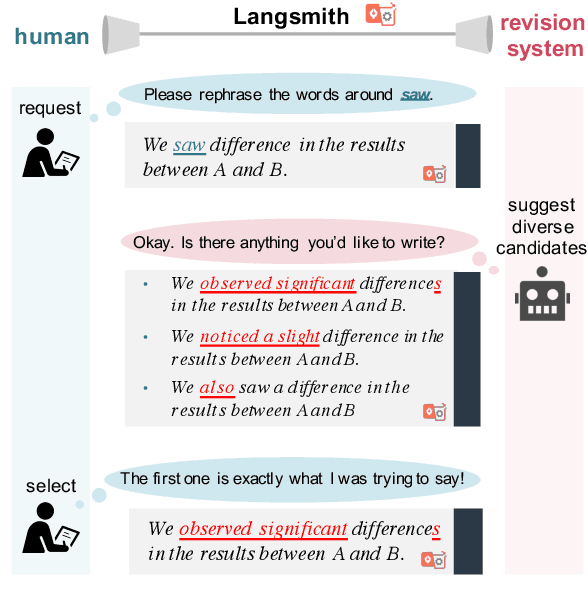
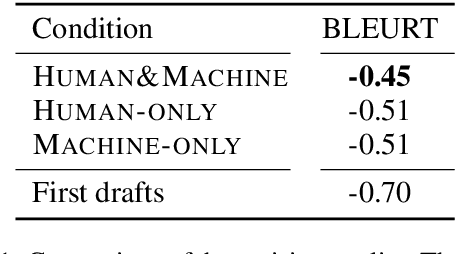

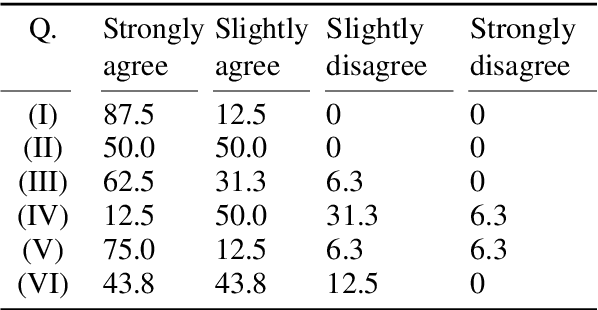
Abstract:Despite the current diversity and inclusion initiatives in the academic community, researchers with a non-native command of English still face significant obstacles when writing papers in English. This paper presents the Langsmith editor, which assists inexperienced, non-native researchers to write English papers, especially in the natural language processing (NLP) field. Our system can suggest fluent, academic-style sentences to writers based on their rough, incomplete phrases or sentences. The system also encourages interaction between human writers and the computerized revision system. The experimental results demonstrated that Langsmith helps non-native English-speaker students write papers in English. The system is available at https://emnlp-demo.editor. langsmith.co.jp/.
Development of JavaScript-based deep learning platform and application to distributed training
Mar 27, 2017
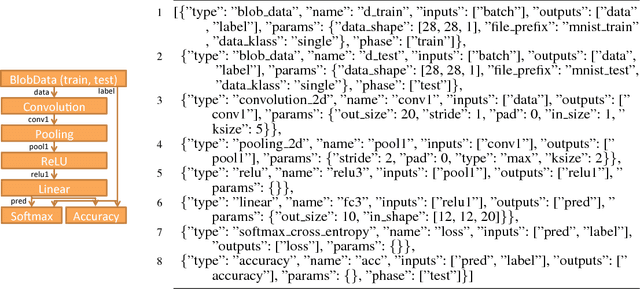
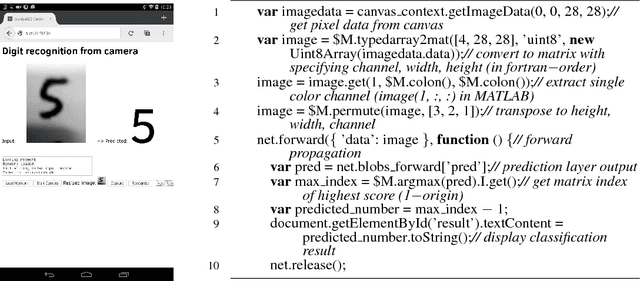
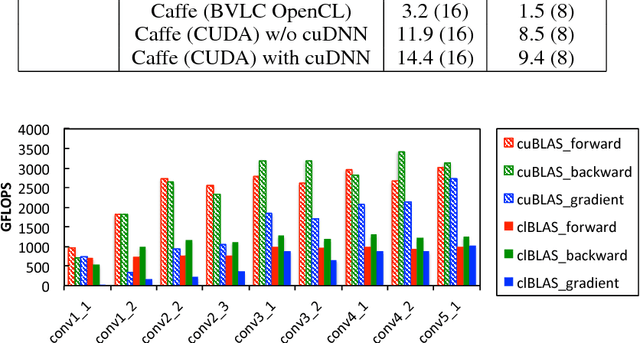
Abstract:Deep learning is increasingly attracting attention for processing big data. Existing frameworks for deep learning must be set up to specialized computer systems. Gaining sufficient computing resources therefore entails high costs of deployment and maintenance. In this work, we implement a matrix library and deep learning framework that uses JavaScript. It can run on web browsers operating on ordinary personal computers and smartphones. Using JavaScript, deep learning can be accomplished in widely diverse environments without the necessity for software installation. Using GPGPU from WebCL framework, our framework can train large scale convolutional neural networks such as VGGNet and ResNet. In the experiments, we demonstrate their practicality by training VGGNet in a distributed manner using web browsers as the client.
Improved Dense Trajectory with Cross Streams
Apr 29, 2016



Abstract:Improved dense trajectories (iDT) have shown great performance in action recognition, and their combination with the two-stream approach has achieved state-of-the-art performance. It is, however, difficult for iDT to completely remove background trajectories from video with camera shaking. Trajectories in less discriminative regions should be given modest weights in order to create more discriminative local descriptors for action recognition. In addition, the two-stream approach, which learns appearance and motion information separately, cannot focus on motion in important regions when extracting features from spatial convolutional layers of the appearance network, and vice versa. In order to address the above mentioned problems, we propose a new local descriptor that pools a new convolutional layer obtained from crossing two networks along iDT. This new descriptor is calculated by applying discriminative weights learned from one network to a convolutional layer of the other network. Our method has achieved state-of-the-art performance on ordinal action recognition datasets, 92.3% on UCF101, and 66.2% on HMDB51.
 Add to Chrome
Add to Chrome Add to Firefox
Add to Firefox Add to Edge
Add to Edge